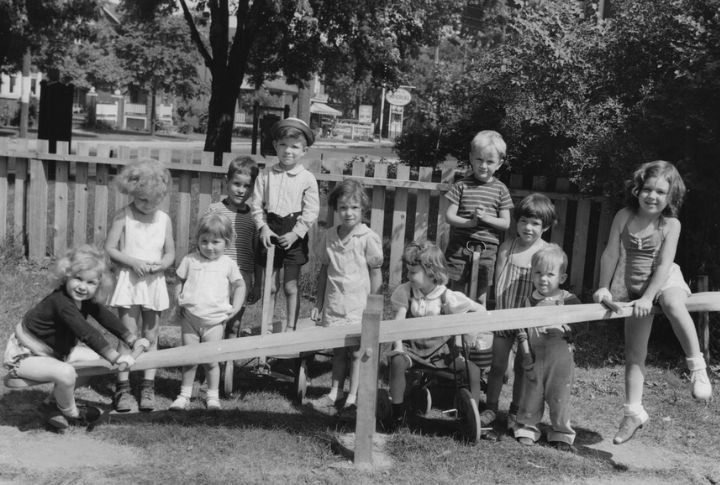
We talk about “simpler times” as though childhood in the past was easier. It wasn’t. Behind every fond memory is a rule that couldn’t be questioned or a silence that shaped how people grew up. These are the parts no one put in the photo albums.
Getting Hit Was Considered Normal
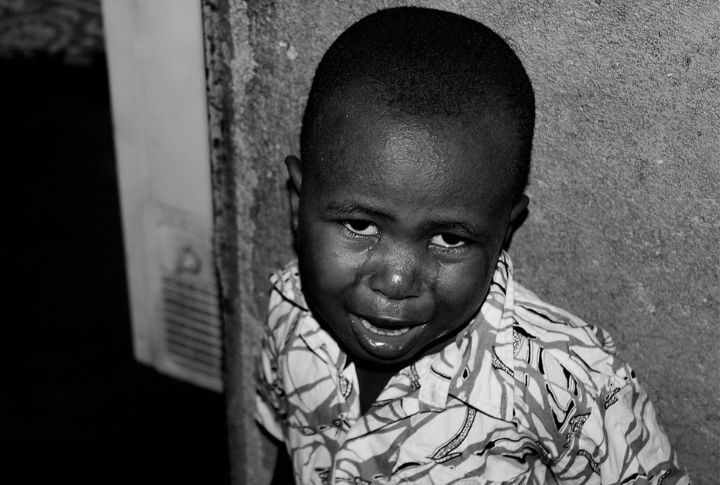
Discipline often meant being struck. At school, paddles hung behind teachers’ desks. At home, belts came off quickly. There was no conversation, no debrief—just impact and endurance. Kids learned not to cry because it made things worse. What’s now considered abuse was once called character building.
Emotional Parenting Was Rare
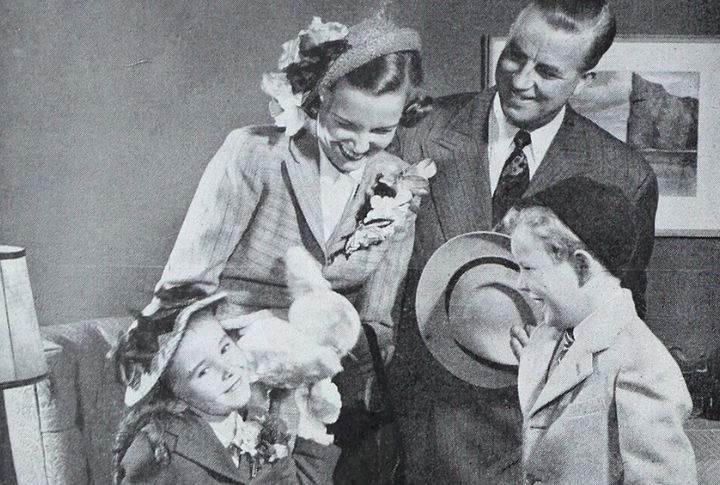
Many kids had food, clothes, and a roof—but not tenderness. Affection wasn’t denied cruelly, just rationed, as if emotions were luxuries. Feelings didn’t have vocabulary. Parents kept their walls up, believing it was practical. Generations were raised in homes where love was assumed but rarely spoken out loud.
Smoking Was Constant and Unavoidable
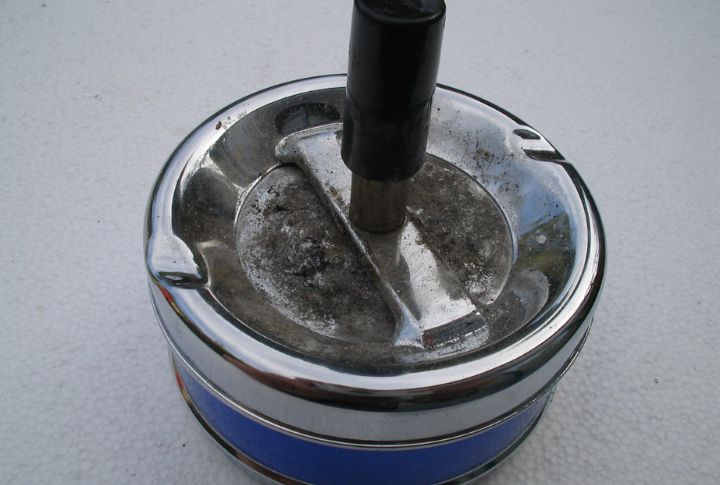
Ashtrays sat on every table. Smoking happened indoors, during meals, even in doctor’s offices. Babies rode in smoky cars, toddlers played beneath nicotine clouds, and no one opened a window. Secondhand smoke didn’t have a name yet. It was just part of the air.
School Lunches Had No Standards

Menus were fixed, not flexible. Allergies were brushed aside. Vegetables came from cans, pizza was cut into greasy rectangles, and meat came in gelatinous cubes. If you were hungry, you ate. If not, you waited. Food wasn’t about wellness—it was about calories and cost.
Mental Health Was Off the Table
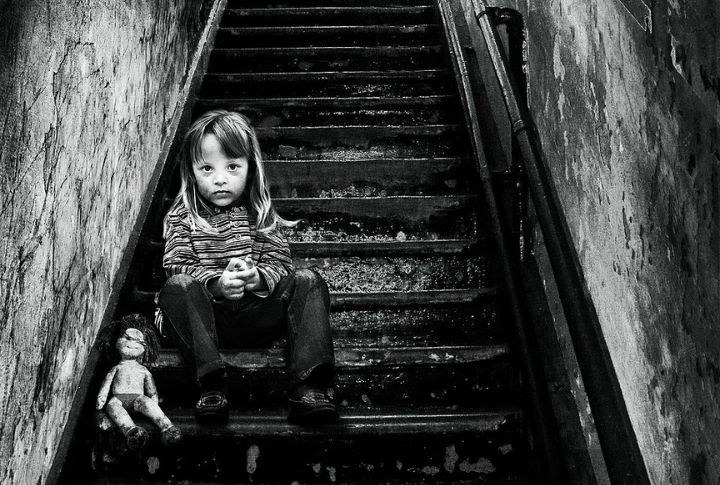
Sadness had no place. Anxiety had no name. Children weren’t offered therapy—they were told to be tougher, quieter, less dramatic. Struggles stayed buried, and asking for help carried stigma. Many adults still carry that training, decades later, not knowing how to unpack what was never allowed.
Sex Education Was Minimal and Muddled
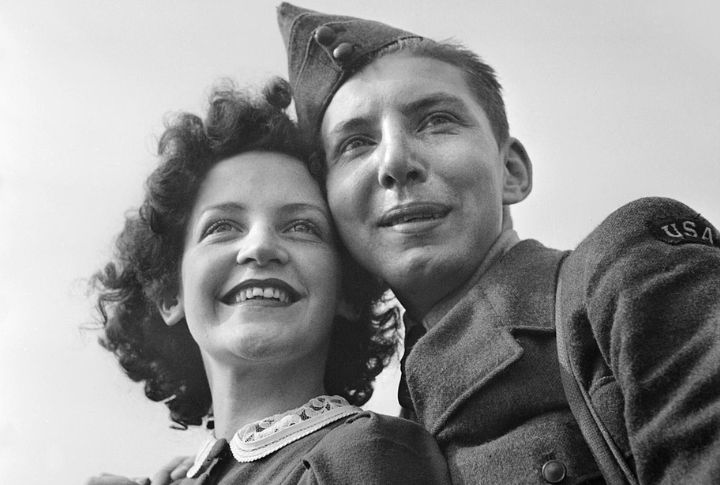
Lessons, if they happened, were sparse and uncomfortable. Teachers whispered about reproduction without explaining consent or relationships. Puberty came with panic, not preparation. Most kids learned what they could from friends, bad rumors, or awkward mistakes—while adults pretended they’d never gone through it themselves.
Being Left Alone Was Just Routine
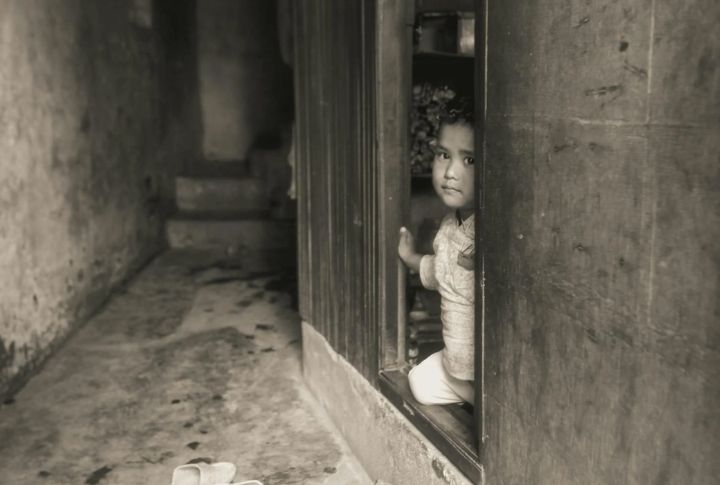
Latchkey kids didn’t feel neglected—they felt normal. Walking home, microwaving dinner, and watching themselves until bedtime was standard. Parents worked. Phones stayed on hooks. Emergencies were handled with guesswork. Kids became independent fast, sometimes by necessity, not by readiness.
Bullying Was Treated Like a Life Lesson
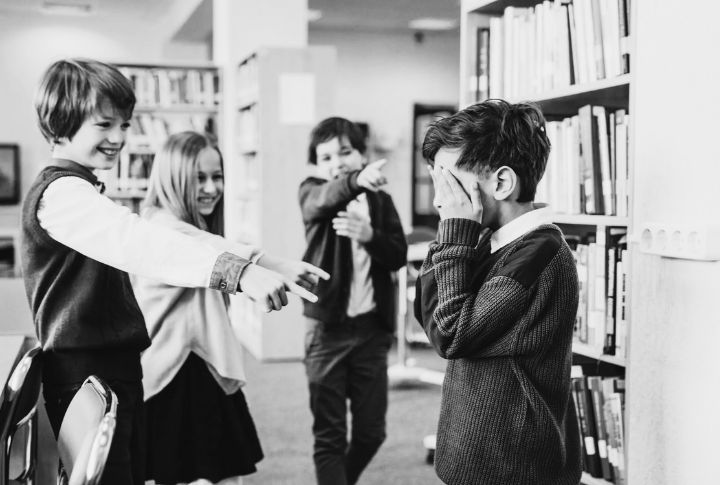
Taunts, shoves, and humiliation were dismissed as rites of passage. Teachers looked away. Parents said it would “toughen you up.” Speaking out could escalate the cruelty. Emotional damage wasn’t tracked—it was expected. Kids either fought back or faded in. There wasn’t another option.
Doctors Were a Last Resort
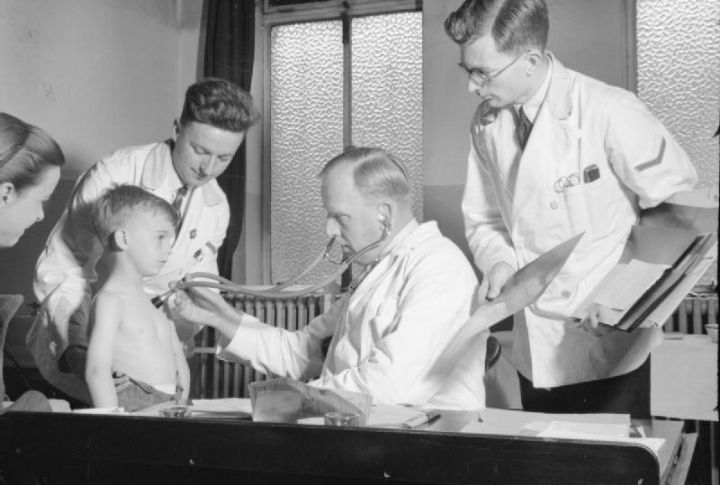
Medical care was a last step, not a first. Children were told to rest, wait, or walk it off. A fever had to spike before anyone called a nurse. Sprains were wrapped in whatever was nearby. Without insurance or urgent care, families often chose resilience over bills.
Privacy Was Practically a Joke
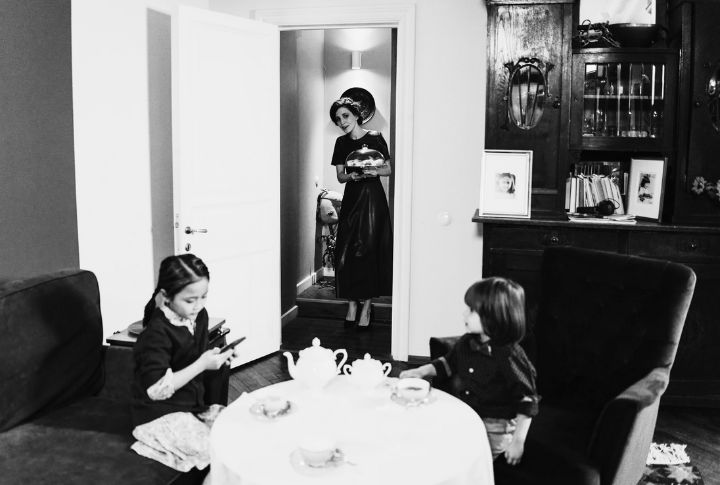
There were no boundaries to protect. Parents opened doors, read journals, and answered kids’ phones without asking. Bedrooms weren’t sanctuaries—they were shared, supervised, or simply functional. Independence wasn’t assumed, and the concept of personal space was something many kids had to invent for themselves later in life.
Gender Rules Were Rigid

What toys you played with, how you dressed, even how you spoke—all of it came with strict gender policing. Boys were discouraged from showing softness. Girls were told to be quiet, agreeable. Any deviation brought consequences: ridicule at best, punishment at worst.
Information Was Hard to Find
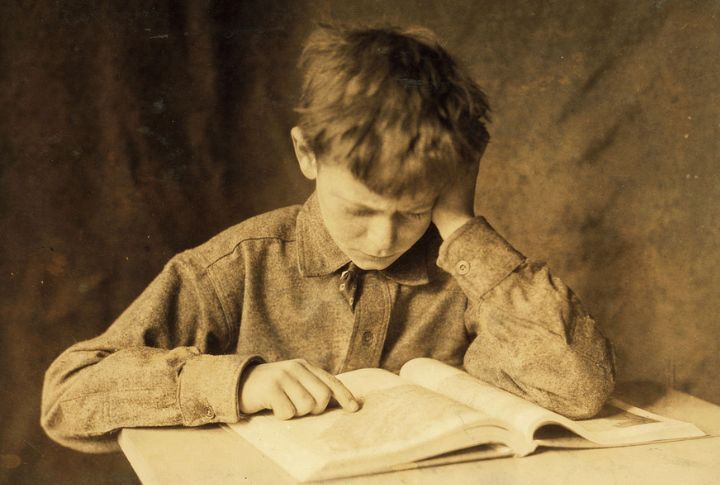
Curiosity had limits. Without internet access or trustworthy adults to ask, many questions went unanswered. Encyclopedias were incomplete. Libraries weren’t always open or nearby. In the absence of facts, myths filled the gaps—and some of those falsehoods stuck for years.
Clothes Came From Whoever Had Them Last
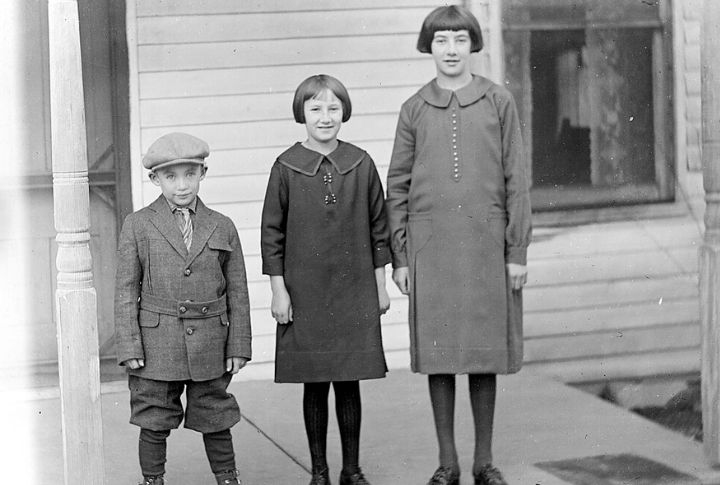
Outfits didn’t express identity; they reflected availability. Hand-me-downs arrived in garbage bags from cousins or neighbors. Trends were followed only if they happened to fit. New clothes were rare and often came one piece at a time. Complaints were met with practicality: “It covers you, doesn’t it?”
Every Playground Was a Liability
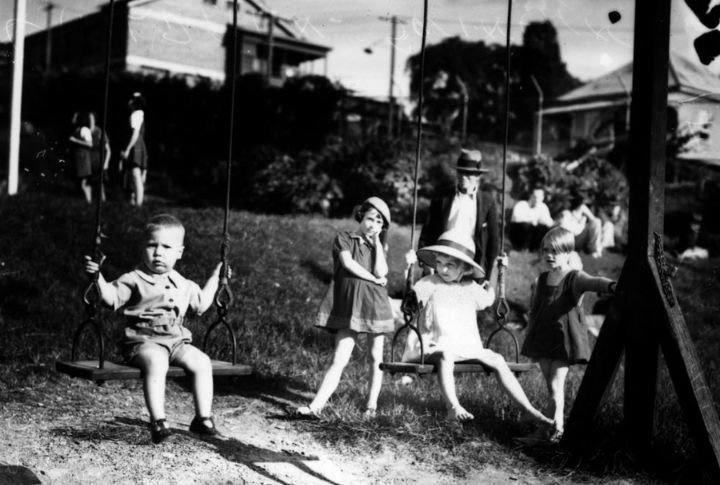
Concrete under monkey bars. Metal slides that burned skin by noon. Swings that launched kids like projectiles. No one wore helmets. Scrapes were part of recess. Emergency rooms saw plenty of visits, but rarely for lawsuits—just stitches and a reminder to be more careful next time.
Fitting In Was Survival

Standing out made you vulnerable. Conformity was safety, especially in school hallways. Kids mimicked fashion, speech, and interests they didn’t care about to avoid isolation. Authenticity could cost you. Camouflage became a survival tactic learned far too early.
The Food Was Cheap and Processed
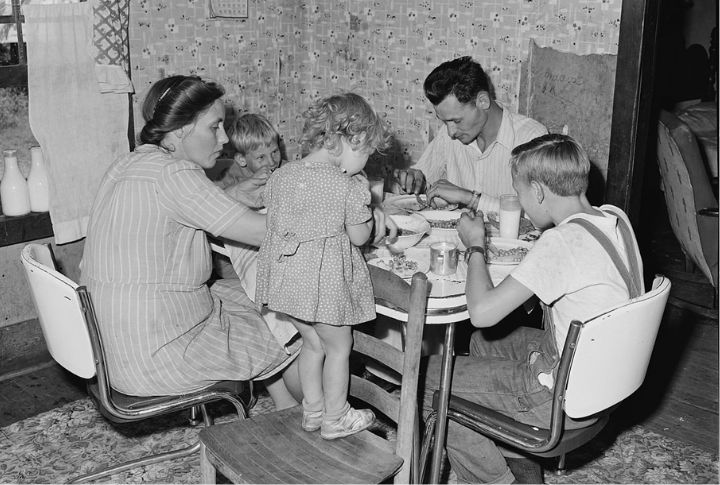
Dinners came from boxes. Powdered drinks stood in for juice. Canned peas counted as vegetables. Sugar was everywhere. Nutritional awareness was minimal, and marketing shaped meals more than health guidelines. Parents fed families with what was affordable—even if that meant preservatives, dyes, and additives most couldn’t pronounce.
Kids Were Pushed Into Adulthood Early
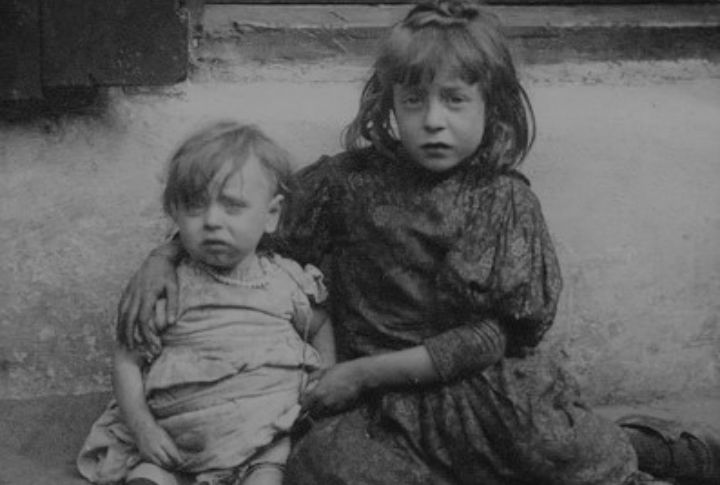
Responsibility came fast and without negotiation. Babysitting younger siblings, cooking meals, managing housework—many kids became caregivers before they turned 12. Being mature wasn’t a compliment. It was a demand. Childhood often felt like a waiting room for adulthood, and sometimes, it skipped the waiting entirely.
Discrimination Was Open and Unchecked

Racism, sexism, and other bigotries were often normalized in schools and homes. Slurs were used casually. Teachers treated students unequally without fear of consequence. Many kids were taught, implicitly or explicitly, that their identity made them less worthy. That message stayed buried in the rules of daily life.
Queer Kids Had No Safe Space
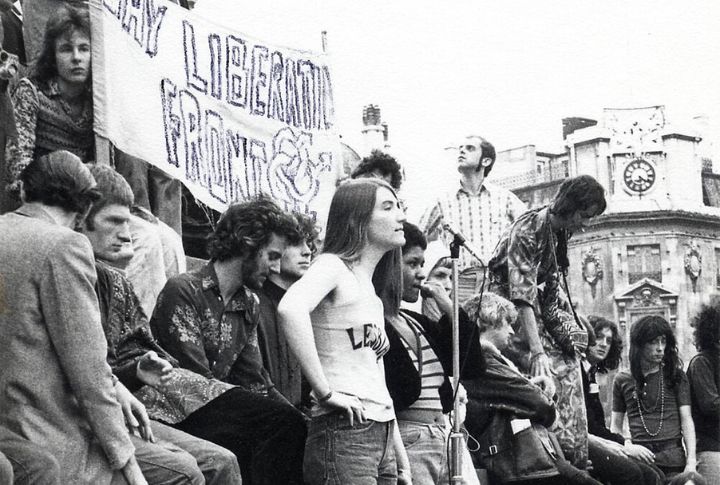
Silence was the default. Representation didn’t exist. Homophobia was casual, loud, and constant. Queer children learned to hide before they learned the words to describe themselves. Survival meant invisibility. For many, the closet started before they even knew they were in one.
There Was No Way to Escape
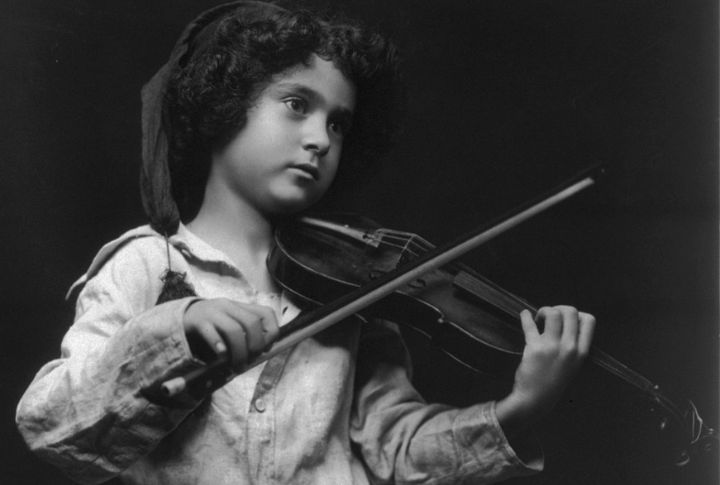
When things got unbearable, kids had nowhere to go. No internet. No help lines. No messaging apps. Home was home, even if it hurt. Some found comfort in music or books. Others waited. But when life got heavy, there weren’t many ways to put it down.
